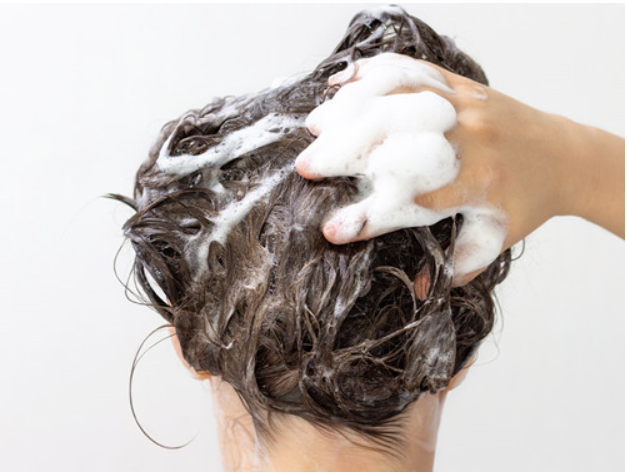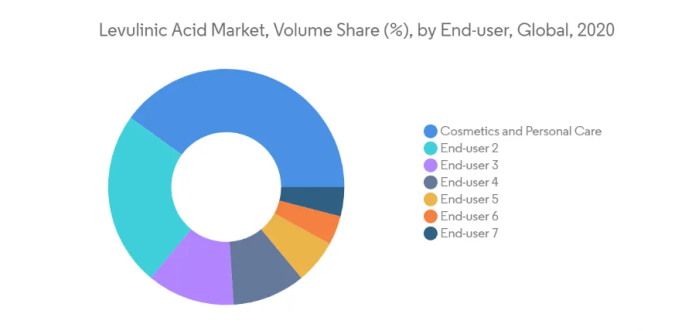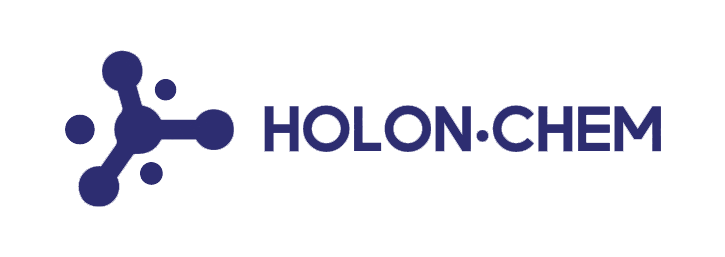

Key market trends
Cosmetics and personal care dominate the market
Levulinic acid and its salts (primarily sodium levulinic acid) are water soluble and are commonly used in beauty and personal care products because it has been approved by the US Food and Drug Administration (FDA). In addition, EU cosmetic regulations do not restrict the use of these ingredients.
According to data from the 2020 VCRP survey, levulinic acid is used in approximately 130 cosmetic formulations and sodium levulinic acid is used in approximately 400 cosmetic formulations. The highest concentration of levulinic acid in hair dyes is about 4.5%, while the highest concentration of sodium levulinic acid in mouthwashes and breath fresheners is 0.62%.

In addition, these ingredients are reported to be safe for use in products that come in contact with the eye. Sodium levulinate, for example, is used as much as 0.57 percent in eyeshadow and lotion.
Hair texture varies from person to person, as do hair and scalp-related issues. Some people may have damaged or dry hair, while others have to deal with breakage and hair loss. This, in turn, has increased the demand for hair care products, mainly hair dye.
The continued growth of online beauty consumption, expanding use of social networks, increasing consumer interest in new and premium products, increasing urbanization and the growth of the upper middle class population are the major factors driving the global cosmetics market.
According to Statista's market forecast, the beauty and personal care (cosmetics, skincare and personal care) market declined 4.19% year on year in 2020, totaling $483.34 billion. The market is expected to reach $615.82 billion by 2025.
In turn, all of the above factors are expected to have an impact on the market studied during the forecast period.

